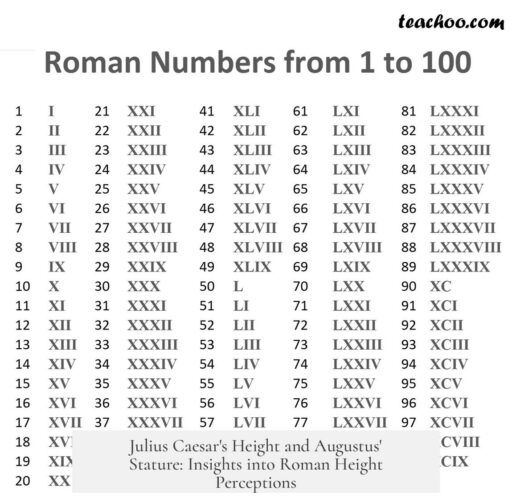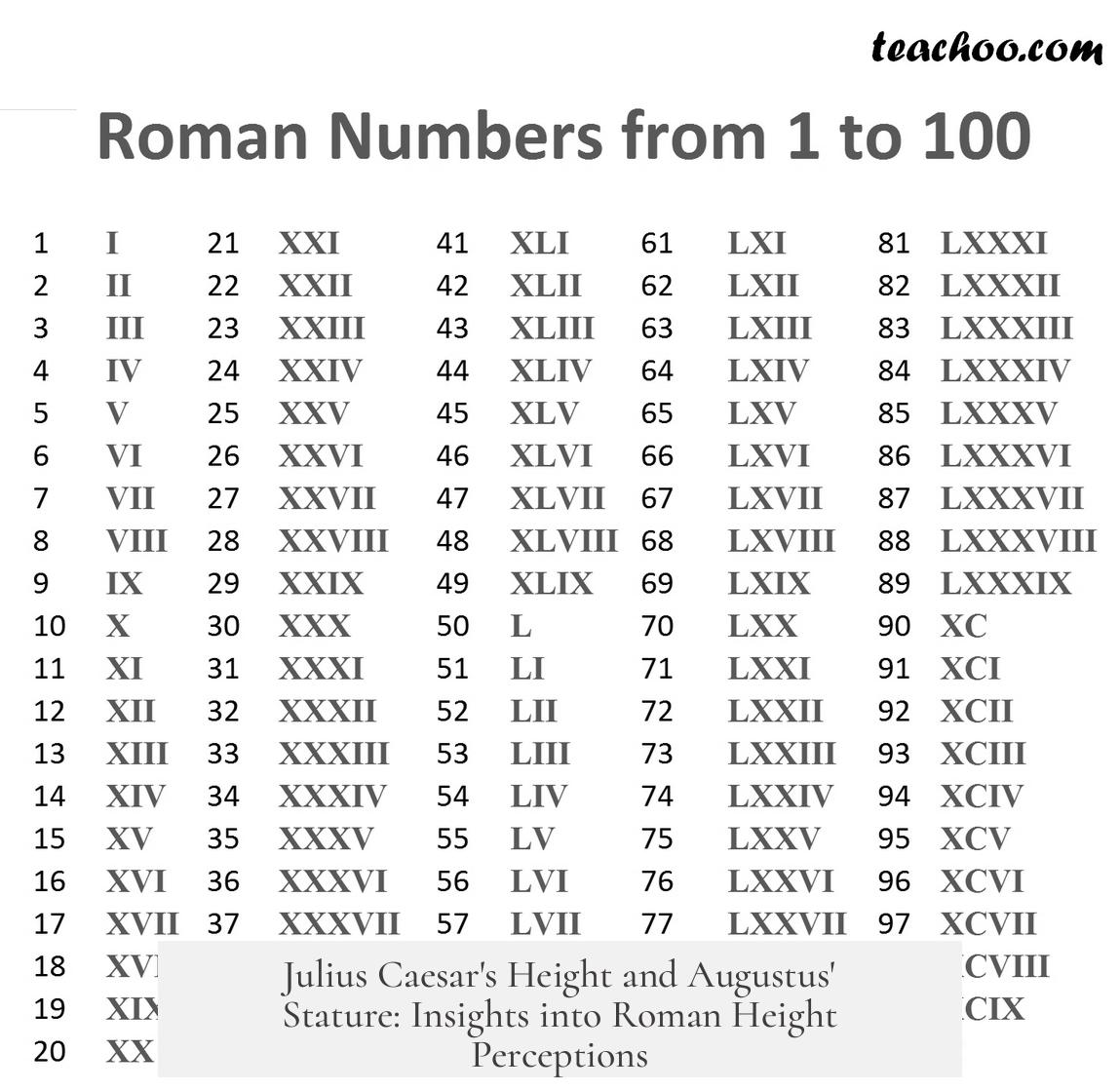Julius Caesar was considered tall and Augustus short mainly due to differences in perception, historical portrayal, and slight physical height variations rather than extreme actual differences. Both men were of similar height by Roman standards, but Julius’ imposing presence and Augustus’ reputation fostered contrasting views.
Suetonius, writing about a century after Augustus’ death, describes Augustus as “short of stature,” despite citing an official record of him being roughly 5 feet 9 inches in Roman measurement. This corresponds to about 5 feet 7 inches in modern terms—a height only slightly above the minimum standard for Roman soldiers. Given the average Roman citizen’s height, Augustus might have appeared modestly short among contemporaries of military stature.
In contrast, Julius Caesar’s exact height remains uncertain. Ancient sources rarely convert his height measurements into modern terms, leaving ambiguity. However, some analysis of Roman statuary and comparative descriptions suggest Caesar might have been near or slightly over 6 feet tall by modern standards. This would make him notably taller than Augustus but not extraordinarily so.
The distinction in perceived stature has less to do with actual height and more to do with personality and reputation. Julius Caesar was a renowned military leader with an assertive presence, often described as intelligent and commanding on the battlefield. This military image amplified his “stature” metaphorically, making him seem taller and more imposing.
Augustus, on the other hand, was known for his frequent illnesses and scholarly nature. His physical frailty and less aggressive public image contributed to a perception of him as shorter or weaker. These perceptions overshadowed actual measurements. The difference between their heights could be an inch or two but was magnified by how history and popular narratives framed their characters.
Propaganda likely played a role. Just as Napoleon’s height was exaggerated or misunderstood in history, the height differences between Julius and Augustus may have been politically emphasized. Julius’ image as a strong conqueror suited depictions of him as tall, while Augustus, who favored diplomacy and administrative control, was cast in a more modest physical light.
Nutrition and social class also influence height. Both men belonged to Rome’s elite class, likely enjoying good nutrition, which supports the view that neither was unusually short for their status.
| Factor | Julius Caesar | Augustus |
|---|---|---|
| Reported Height | Possibly ~6 feet (modern estimate, uncertain) | ~5’7″ modern (based on Roman 5’9″ record) |
| Personality and Presence | Commanding military leader, strong presence | Scholar, frequently ill, less physically commanding |
| Historical Source Reliability | Lack of detailed conversion or first-hand accounts | Suetonius’ account written 100 years after death |
| Social Status/Nutrition | Elite class, adequate nourishment | Elite class, adequate nourishment |
In summary, the perception of Julius as tall and Augustus as short is shaped by a mix of minor physical differences, contrasting reputations, and historical narratives rather than by clear, measurable size disparities.
- Augustus’ official height was about 5’7″ modern, just above soldier minimum.
- Julius Caesar might have been closer to 6 feet, but this remains uncertain.
- Julius’ military stature and presence enhanced his perceived height.
- Augustus’ health and scholarly image contributed to perceptions of shortness.
- Historical sources vary in reliability and may reflect propaganda.
Why Was Julius Considered Tall and Augustus Short? The Roman Height Mystery Unpacked
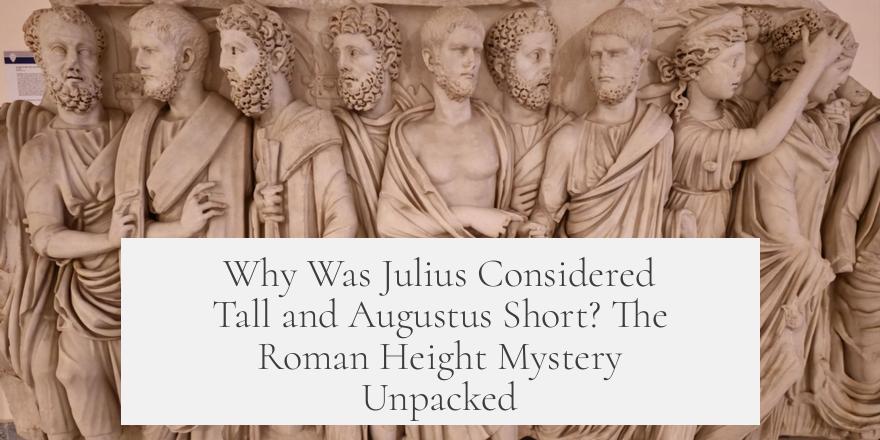
Why was Julius Caesar seen as tall and Augustus as short? The quick answer: it’s less about inches and more about perception, propaganda, and personality. Let’s unpack that curious historical twist with all the juicy details and a sprinkle of good old Roman intrigue.
Historical records, personal reputations, and even the politics of image-inflation all play starring roles in this ancient height drama. It turns out, when it comes to these two iconic leaders, height isn’t just a matter of bones and nutrition but of presence and politics too.
Digging Into The Sources: Suetonius and The Height Debate
The main source for Augustus’ height is the Roman historian Suetonius, writing about a hundred years after Augustus’ death. Suetonius reports that Augustus was “short of stature,” but throws in a twist: his freedman Julius Marathus recorded Augustus as five feet nine inches tall in Roman feet. That’s roughly 5’7″ in modern terms — not exactly dwarf territory.
“He was short of stature although Julius Marathus, his freedman and keeper of his records, says that he was five feet and nine inches in height… this was noticeable only by comparison with some taller person standing beside him.” — Suetonius
So, what do we make of that? Well, when standing next to taller men, Augustus might’ve *looked* short. But on his own? Probably average. Plus, this data conflict hints we’ve got to take written descriptions with some skepticism.
And here’s a pinch of salt to swallow — a full century separates Suetonius from Augustus. That distance in time means Suetonius relied on secondhand stories rather than direct observation. That’s like me writing your biography based on the grapevine — accuracy dips.
Julius Caesar’s Height: Numbers Without Conversions
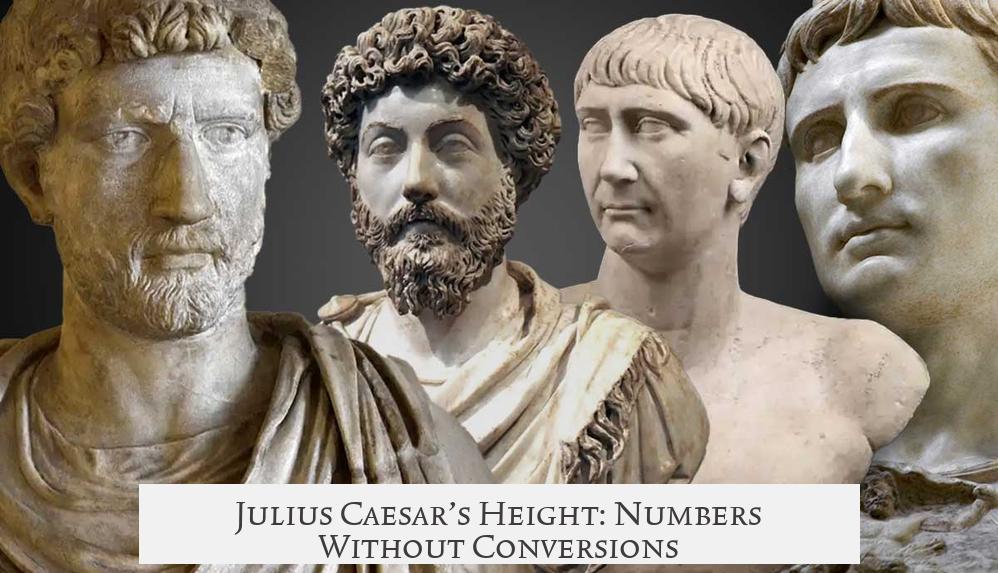
For Julius Caesar, height gets murkier. Oddly, many narratives mention numbers for his height but rarely explain the unit conversions from Roman feet to modern feet. Could be five eight, could be nearly six feet. Without proper conversion info, Julius might have genuinely been taller, or at least perceived that way.
The simplest guess is that Julius was a bit taller, but that’s not the whole story. It’s what they say about him (and how he carried himself) that matters.
Minimum Height for Roman Soldiers and Augustus’ Average Stature
Roman soldiers needed a minimum height to enlist. Augustus barely cleared this bar, surpassing it by about an inch. This means many soldiers—and commoners—stood taller than Augustus. So, in the rough, tall social crowd of military men, Augustus was on the shorter side.
Imagine being just over the minimum height for joining an elite club. It’s like barely fitting into a superhero suit—not too shabby, but not exactly strikingly tall either.
Personality Over Inches: How Stature Is More Than Height

Augustus had a reputation for being frail and “bookish.” He frequently fell ill at moments when military leadership was expected. This likely influenced how people viewed him physically: as smaller or weaker than he actually was. We humans connect ill health and intellectual pursuits with frailty, even today.
Then there’s Julius — a bona fide “bad ass” Legionnaire with a commanding presence. His intimate knowledge of military tactics not only made him respected but larger than life. In short, stature isn’t always about height but about presence.
Would you feel taller standing next to someone who looks sickly and prefers scrolls to swords? Probably not.
Height As Propaganda: The Rome Version of Fake News?
Now, what if this height story is just political theater? Propaganda isn’t new. Look at Napoleon’s “short man” myth, which history later debunked. Similarly, Julius Caesar might’ve been cast as taller, stronger, even more formidable to solidify his image as Rome’s ultimate leader.
Augustus, in contrast, might have been portrayed as shorter and less physically intimidating to contrast with Julius’ fiery aura. Political narratives love this kind of dramatic foil—it sharpens the story, even if it bends the facts.
Nutrition, Social Class, and Roman Height Norms
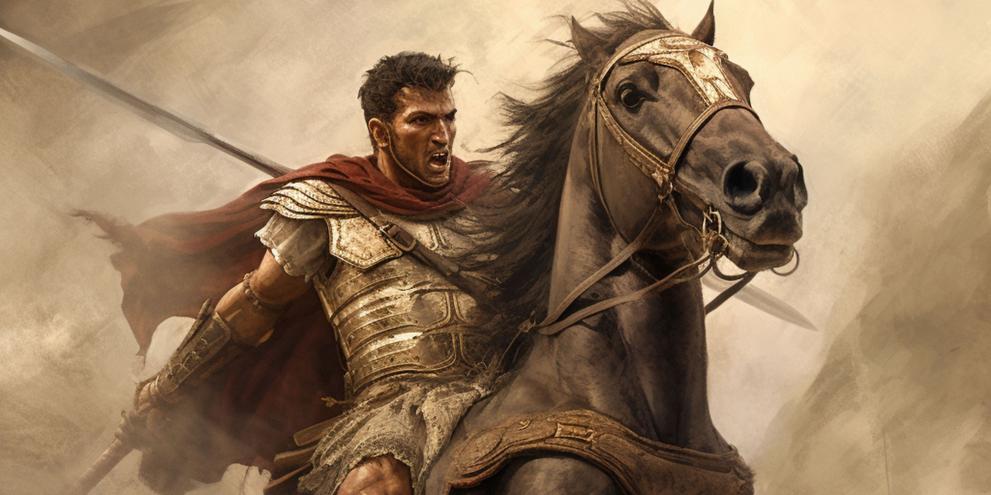
Nutrition in childhood affects adult height. The Roman elite, including Julius and Augustus, generally ate better than common soldiers, so both had a potential for reaching better-than-average heights. Still, Augustus’ ‘short’ label thinking complicates this, suggesting nutrition alone didn’t define their stature perception.
Roman statues and art provide clues. Most Romans appear in the 5’9″ to 5’11” range. If Julius was truly considered tall, he might have been close to six feet—tall by Roman and modern standards alike.
A Quick Recap: Why the Tall vs. Short Story?
- Measurement Confusion: Different foot measurements (Roman vs modern) muddy direct comparisons.
- Perceived vs. Actual Height: Personality, health, and leadership style shape how tall someone “feels.” Augustus’ frailty vs. Julius’ military swagger speaks volumes.
- Political Spin: Propaganda likely amplified the physical differences to serve narrative goals—making Julius the towering hero and Augustus the cerebral reformer.
- Small Real Difference: There might have been a real height gap, but likely just a few inches, far less dramatic than legend suggests.
Can We Learn Anything Practical from This Ancient Height Debate?

Yes! First, appearances can deceive. Julius’ “height” was as much mental as physical. In leadership, presence and reputation can overshadow physical traits. Who you are shapes how tall people think you are.
Second, history is often storytelling, not pure fact. Always check the sources and understand their context. Suetonius may have had biases or incomplete data, just like news outlets today.
Third, propaganda has long shaped public opinion about leaders. Julius and Augustus are early examples of image management. Remember this next time you see a political ad bragging about “big” leadership.
Final Thought: What If Julius and Augustus Stood Side by Side Today?
They’d probably look like any two men of roughly the same age and class. Julius might have a couple of inches on Augustus. But Augustus’ poise likely made him seem taller.
And that’s the tricky part—when stature combines physical height, presence, and stories passed down through centuries, straight measuring tapes rarely tell the full story.
So, next time you hear Julius called tall and Augustus short, smile and remember: it’s as much about legend as it is about inches.
